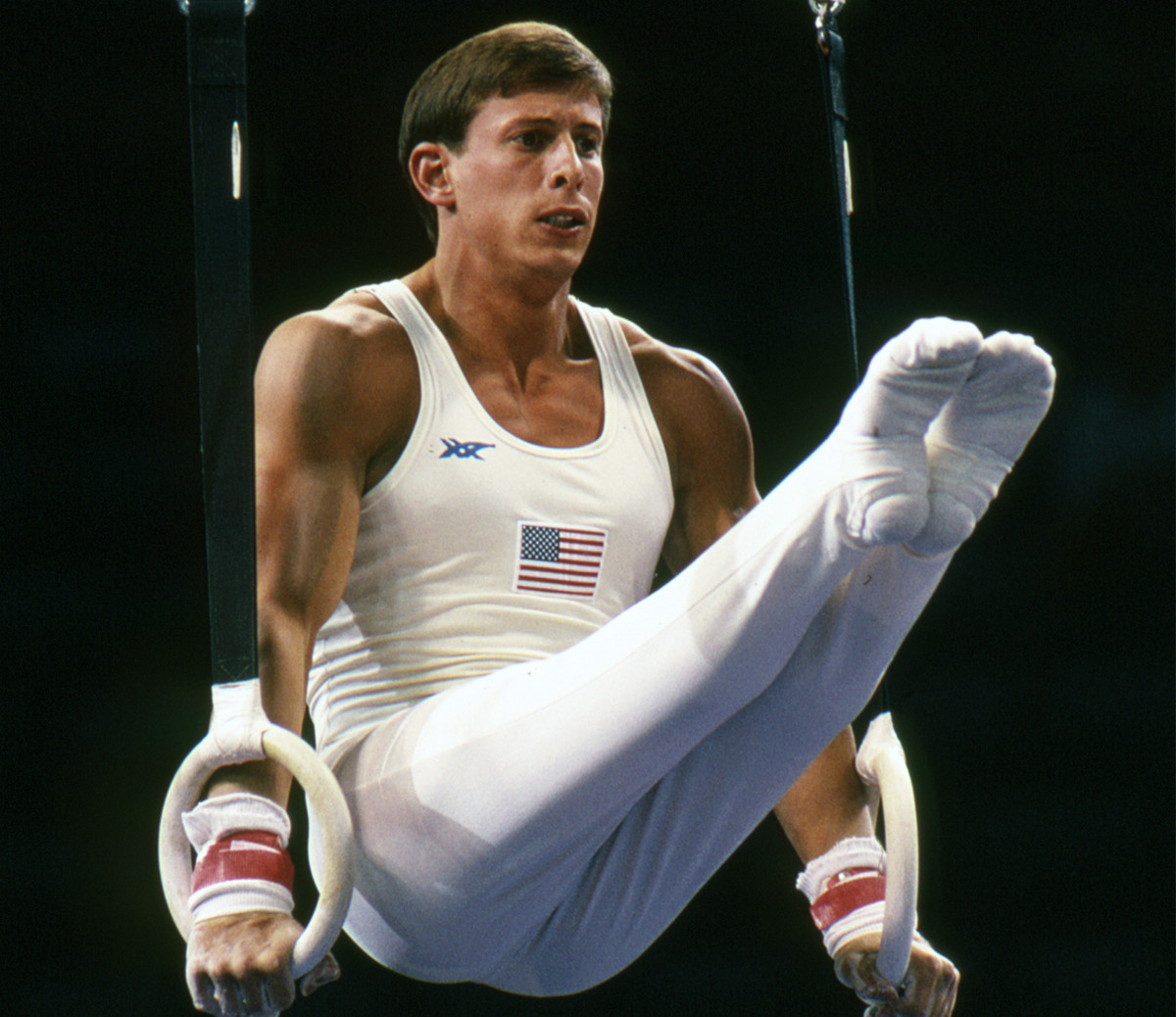Men’s Gymnastics Team History and Evolution

Men’s gymnastics team – Men’s gymnastics has a rich history dating back centuries. Its origins can be traced to ancient Greece, where gymnastics was an integral part of physical education and military training.
The modern era of men’s gymnastics began in the 19th century with the development of organized competitions and the establishment of international governing bodies. The first men’s gymnastics world championships were held in 1896, and the sport has been included in every Olympic Games since 1896.
The men’s gymnastics team was a sight to behold, their bodies contorting into impossible shapes with effortless grace. But behind the awe-inspiring performances lurked a sinister truth: the risk of debilitating gymnastics injuries. These injuries, ranging from torn muscles to broken bones, could sideline athletes for months, even years.
Yet, despite the dangers, the team pushed on, their determination unyielding. They knew that the pursuit of excellence came with its risks, but they were willing to face them head-on, driven by an unquenchable thirst for victory.
Training Methods and Techniques
Training methods and techniques in men’s gymnastics have evolved significantly over time. In the early days, gymnasts relied on brute strength and natural athleticism. Today, gymnasts use a combination of strength training, flexibility exercises, and specialized techniques to achieve the highest levels of performance.
The men’s gymnastics team, with its incredible strength and agility, is gearing up for the upcoming gymnastics olympic trials schedule. The trials will determine who will represent our nation on the world stage. To witness these athletes showcase their extraordinary abilities, be sure to check out the gymnastics olympic trials schedule.
The men’s gymnastics team is determined to make their mark and bring home the gold.
- Strength training: Gymnasts use a variety of strength training exercises to develop the strength and power needed for complex skills.
- Flexibility exercises: Flexibility is essential for gymnasts to perform difficult moves safely and effectively.
- Specialized techniques: Gymnasts use a variety of specialized techniques to improve their performance, such as the handstand, the cartwheel, and the backflip.
Equipment, Men’s gymnastics team
The equipment used in men’s gymnastics has also evolved over time. In the early days, gymnasts used simple equipment such as wooden beams and ropes. Today, gymnasts use a variety of specialized equipment, including the pommel horse, the rings, and the vault.
- Pommel horse: The pommel horse is a long, padded apparatus that gymnasts use to perform a variety of swinging and circling movements.
- Rings: The rings are two suspended rings that gymnasts use to perform a variety of strength and skill exercises.
- Vault: The vault is a table that gymnasts use to perform a variety of acrobatic skills.
Team Structure and Dynamics

The men’s gymnastics team is a complex and dynamic organization, with each member playing a vital role in the team’s success. The team is led by a head coach, who is responsible for the overall direction and training of the team. The head coach is assisted by a staff of assistant coaches, who work with the gymnasts on a daily basis to help them improve their skills and prepare for competition.
In addition to the coaches, the team also includes a number of support staff members, such as trainers, doctors, and nutritionists. These individuals work behind the scenes to ensure that the gymnasts are healthy and well-prepared for competition.
Team Culture and Values
The men’s gymnastics team has a strong culture and values that contribute to its success. These values include hard work, dedication, and teamwork. The gymnasts are expected to work hard every day, both in and out of the gym. They are also expected to be dedicated to the team and to each other. The team’s success is built on the foundation of these values.
Training and Competition Strategies: Men’s Gymnastics Team

The men’s gymnastics team employs a comprehensive training regimen that encompasses physical conditioning, skill development, and mental preparation. The team’s physical conditioning program includes a combination of strength training, cardiovascular exercise, and flexibility drills to enhance their athleticism and reduce the risk of injuries.
Skill development is a crucial aspect of the team’s training. Gymnasts engage in repetitive practice and drills to refine their techniques on various apparatus, including the floor exercise, pommel horse, rings, vault, parallel bars, and high bar. They work on perfecting their form, execution, and consistency to achieve optimal performance.
Mental Preparation
Mental preparation plays a significant role in the team’s success. Gymnasts undergo mental training to enhance their focus, concentration, and resilience. They employ visualization techniques to simulate competition scenarios and develop strategies to cope with pressure and adversity. The team also emphasizes the importance of positive self-talk and maintaining a growth mindset to foster a supportive and encouraging training environment.
Competition Strategies
The team’s competition strategies vary depending on the opponents and venue. They analyze their opponents’ strengths and weaknesses to develop tailored tactics. The team may prioritize certain events or apparatus based on their expertise and the competition format. They also adapt their routines to suit the specific characteristics of the venue, such as the floor surface or the height of the apparatus.
Recovery and Injury Prevention
Recovery and injury prevention are essential aspects of the team’s training program. Gymnasts engage in active recovery techniques such as stretching, massage, and light exercise to promote muscle recovery and reduce soreness. They also receive regular medical checkups and follow a tailored nutrition plan to ensure optimal health and well-being. The team employs preventive measures, including proper warm-up and cool-down routines, to minimize the risk of injuries and maintain peak performance.